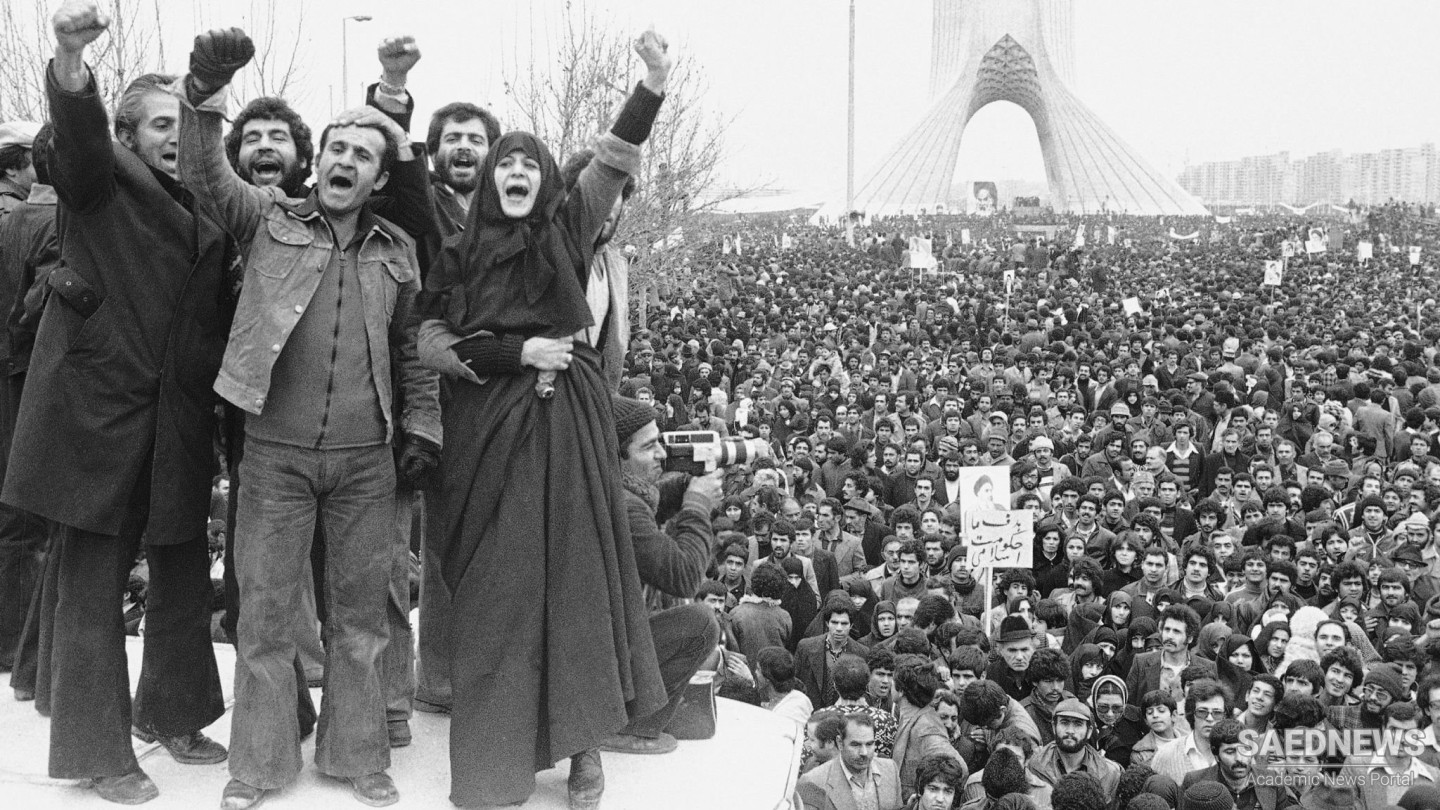Iranian Revolution, also called Islamic Revolution, Persian Enqelāb-e Eslāmī, popular uprising in Iran in 1978–79 that resulted in the toppling of the monarchy on February 11, 1979, and led to the establishment of an Islamic republic. The 1979 revolution, which brought together Iranians across many different social groups, has its roots in Iran’s long history. These groups, which included clergy, landowners, intellectuals, and merchants, had previously come together in the Constitutional Revolution of 1905–11. Efforts toward satisfactory reform were continually stifled, however, amid reemerging social tensions as well as foreign intervention from Russia, the United Kingdom, and, later, the United States. The United Kingdom helped Reza Shah Pahlavi establish a monarchy in 1921. Along with Russia, the U.K. then pushed Reza Shah into exile in 1941, and his son Mohammad Reza Pahlavi took the throne. In 1953, amid a power struggle between Mohammed Reza Shah and Prime Minister Mohammad Mosaddegh, the U.S. Central Intelligence Agency (CIA) and the U.K. Secret Intelligence Service (MI6) orchestrated a coup against Mosaddegh’s government (Source: Britanica).



 Islamic Culture in Iran: Leading the Life Monotheistically
Islamic Culture in Iran: Leading the Life Monotheistically














































